In the current rapid-paced digital environment, maintaining a robust online presence isn’t a choice—it’s essential. Yet, merely posting on social media or running some ads will not work to create actual business outcomes. To clearly grow your business online, you need a structured digital marketing strategy grounded in tested methodologies and tailored execution.
We’ve refined a 6-step digital marketing process that consistently generates growth for our clients across industries. Whether you’re a new startup or an established brand, this systemized approach guarantees that your digital marketing effort produces measurable outcomes—more leads, improved conversions, and higher revenue.
Let’s take you through our integrated strategy, step-by-step.
Step 1: In-Depth Discovery & Business Analysis
All effective digital marketing strategies begin with extensive knowledge of your business. Throughout this first discovery process, we uncover your value proposition, target market, competitors, sales process, and business objectives. We are trying to grasp the “why” behind your business, not the “what.
This phase also includes a thorough digital audit—reviewing your current site, SEO results, social media footprint, advertising background, and email marketing. This helps to determine areas of strength, areas of weakness, and untapped potential. This foundation is what we use to create the blueprint for what we do next. Without knowing clearly what you’re trying to achieve in your business, even the best brainstormed marketing campaigns will not work.
Step 2: Strategic Planning & Goal Setting
Once the analysis is complete, the next step consists of growing a digital marketing process that aligns with business goals. This involves setting clear, quantifiable objectives—whether that’s enhancing search engine visibility, generating leads, increasing sales, or generating brand awareness.
A good strategy allocates resources through the strongest mediums, such as SEO, social media marketing, pay-per-click, email automation, and content marketing. It also sets key performance indicators (KPIs) that can be measured to track success along the way.
Planning ensures that all tactics has a purpose beyond itself and that the company stays concentrated on what really moves the needle.
Step 3: High-Impact Content & Creative Development
Content lies at the heart of all digital marketing efforts. It’s the vehicle through which businesses communicate value, build trust, have interaction with audiences, and guide potential clients through the sales funnel. However, content isn’t just about writing blogs or posting on social media.
At this stage, businesses develop a comprehensive content strategy based totally on their brand voice, target keywords, and client journey. These may include SEO-optimized blog posts to create organic traffic, effective landing pages to support paid efforts, educational videos, or email sequences used to nurture leads. Creative content like graphics, animation, banners, and video ads also play a significant role in grabbing attention and building engagement.
Effective content isn’t always only persuasive but also informative, accessible, and relevant. It has to anticipate customer needs, answer key questions, and help potential customers take the next step—whether it’s clicking a link, signing up for a demo, or making a purchase.
Step 4: Omnichannel Campaign Execution
After strategy and content are in place, businesses start rolling out digital campaigns across multiple channels. This execution phase is where making plans turns into action, and each marketing initiative is launched in coordination with others to create a seamless user experience.
An effective campaign doesn’t target one platform but bundles efforts between paid advertising (Google Ads, Meta Ads), organic social (Instagram, LinkedIn, TikTok), email newsletters, and content sharing. The objective is to engage where the people are, with messaging and branding staying on course across every touch point.
Ultimately, campaign execution must not be a one-time event but an ongoing, coordinated effort that adapts based totally on audience feedback and overall performance data.
Step 5: Performance, Tracking, Reporting, and Optimization
No digital marketing process is complete without robust overall performance tracking and continuous optimization. Once campaigns are live, real-time tracking permits marketers to see what’s running, what needs improvement, and how to fine-tune techniques to boost ROI.
This step involves setting up dashboards with the use of Google Analytics, Meta Business Suite, LinkedIn Campaign Manager, as well as email marketing software.
These enable insights on important metrics including traffic sources, bounce rate, cost per click (CPC), conversion rate, as well as customer acquisition cost (CAC).
However, data alone isn’t sufficient. The ability to interpret overall performance reports and act on them is what drives optimization. If a specific landing page has a high bounce rate, it might need a stronger headline, faster loading time, or clearer CTA. If an ad set is underperforming, it may require a better target audience concentrated on more compelling creative.
Regular optimization turns digital marketing into an agile system—one that evolves with target audience behavior, algorithm changes, and competitive shifts.
Step 6: Scaling and Long-Term Growth
After a marketing system has been refined and producing results, the next step is to scale. And it doesn’t just mean spending more on ads—it’s about making strategic, well-informed decisions about how to grow reach, build retention, and drive revenue without sacrificing efficiency.
Businesses should keep tracking the performance and take action based on insights for future projects. As of now, investing in advanced tools—such as customer relationship management (CRM) platforms or artificial intelligence-driven personalization engines—will help keep results ramping and achieve sustained growth.
Digital marketing is not a fixed process. What is working today may not be working tomorrow, so scalability needs to be done with a mindset of experimentation, data analysis, and change.
Final Thoughts:
Digital marketing is complicated—but with the right process, it becomes manageable, measurable, and ultimately profitable. Following a structured approach enables companies to avoid the trap of scattered procedures and allows them to focus on what truly matters: building a sustainable engine for growth.
This 6-step online marketing process—starting with discovery and ending with scalable execution—provides businesses with a clear guide. Whatever the stage of your business, whether launching or optimizing an existing strategy, these steps offer the clarity and consistency required to thrive in today’s competitive online marketplace.



